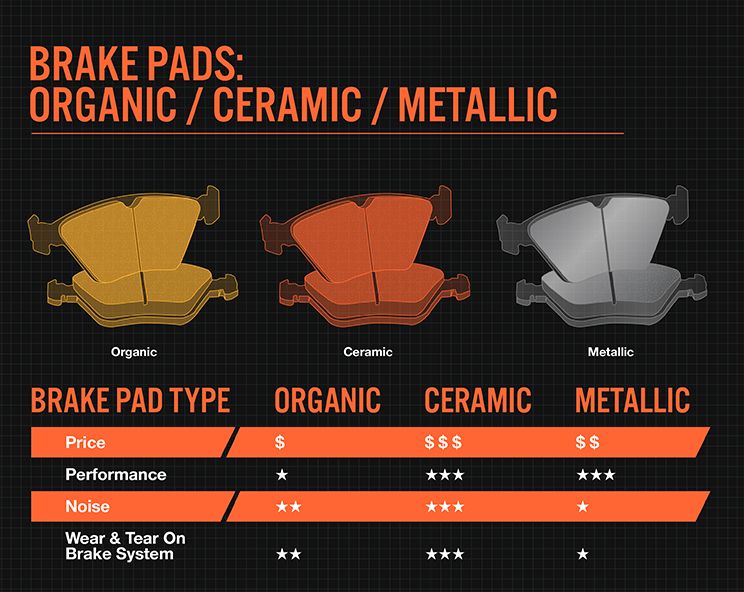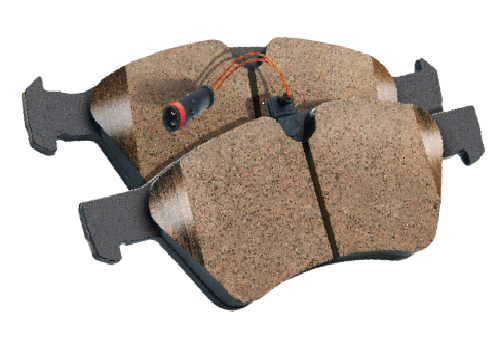Have you ever wondered what makes your car stop smoothly and quietly, even during those sudden halts? The answer might lie in your brake pads.
Specifically, ceramic brake pads, known for their superior performance and longevity. But what exactly are ceramic brake pads, and why should you consider them for your vehicle? Imagine driving with confidence, knowing your brake pads are designed to offer consistent stopping power with minimal noise and wear.
Ceramic brake pads could be your key to a more comfortable and efficient driving experience. They are crafted from a unique blend of ceramic fibers and other durable materials, making them a popular choice among car enthusiasts and everyday drivers alike. You might be curious about the safety of these pads, especially concerning asbestos. Rest assured, modern ceramic brake pads are asbestos-free, ensuring you and your passengers’ safety without compromising on performance. By the end of this article, you’ll understand the benefits, composition, and safety aspects of ceramic brake pads, empowering you to make informed decisions for your vehicle’s braking system. Keep reading to discover why ceramic brake pads might be the upgrade your car needs.

Credit: www.bridgestonetire.ca
Is There Asbestos In Brake Pads
Ceramic brake pads offer a safer alternative, containing no asbestos. These pads use ceramic fibers, bonding agents, and fillers. Their composition ensures effective braking while minimizing health risks associated with asbestos.
Ceramic brake pads are popular for their smooth performance. They provide quiet braking and minimal dust. But one concern that often arises is asbestos content. Let’s delve into this topic. Understanding Asbestos in Brake Pads Brake pads might contain asbestos.
This raises health concerns. Asbestos is harmful when inhaled. It can cause respiratory issues. Historical Use of Asbestos Historically, asbestos was common in brake pads. Its heat resistance was valued. It helped manage friction well. But safety concerns led to changes.
Modern Brake Pads Composition Modern brake pads have evolved. Manufacturers now avoid asbestos. Safer materials are used instead. – Ceramic Materials: Enhance braking performance without asbestos. – Organic Compounds: Provide safety and efficiency. – Metallic Elements: Improve durability and friction control.
Health Concerns and Regulations Health risks have led to strict regulations. Asbestos use in brake pads is now restricted. – Environmental Safety: Regulations protect against asbestos exposure. – Manufacturing Standards: Ensure safe and asbestos-free brake pads. – Consumer Awareness: Educates about the risks and alternatives.
These efforts aim to ensure safer, asbestos-free braking solutions.

Credit: www.samaterials.com
Conclusion
Ceramic brake pads offer smooth, quiet braking. They last longer than other types. Made without asbestos, they are safer for health. These pads create less dust, keeping wheels cleaner. They work well in most driving conditions. Though pricier, they provide good value over time.
Many drivers appreciate their performance and reliability. Consider ceramic pads for your vehicle if you seek durability and quiet operation. Remember, regular maintenance extends brake life. Choose wisely for safety and efficiency on the road.
